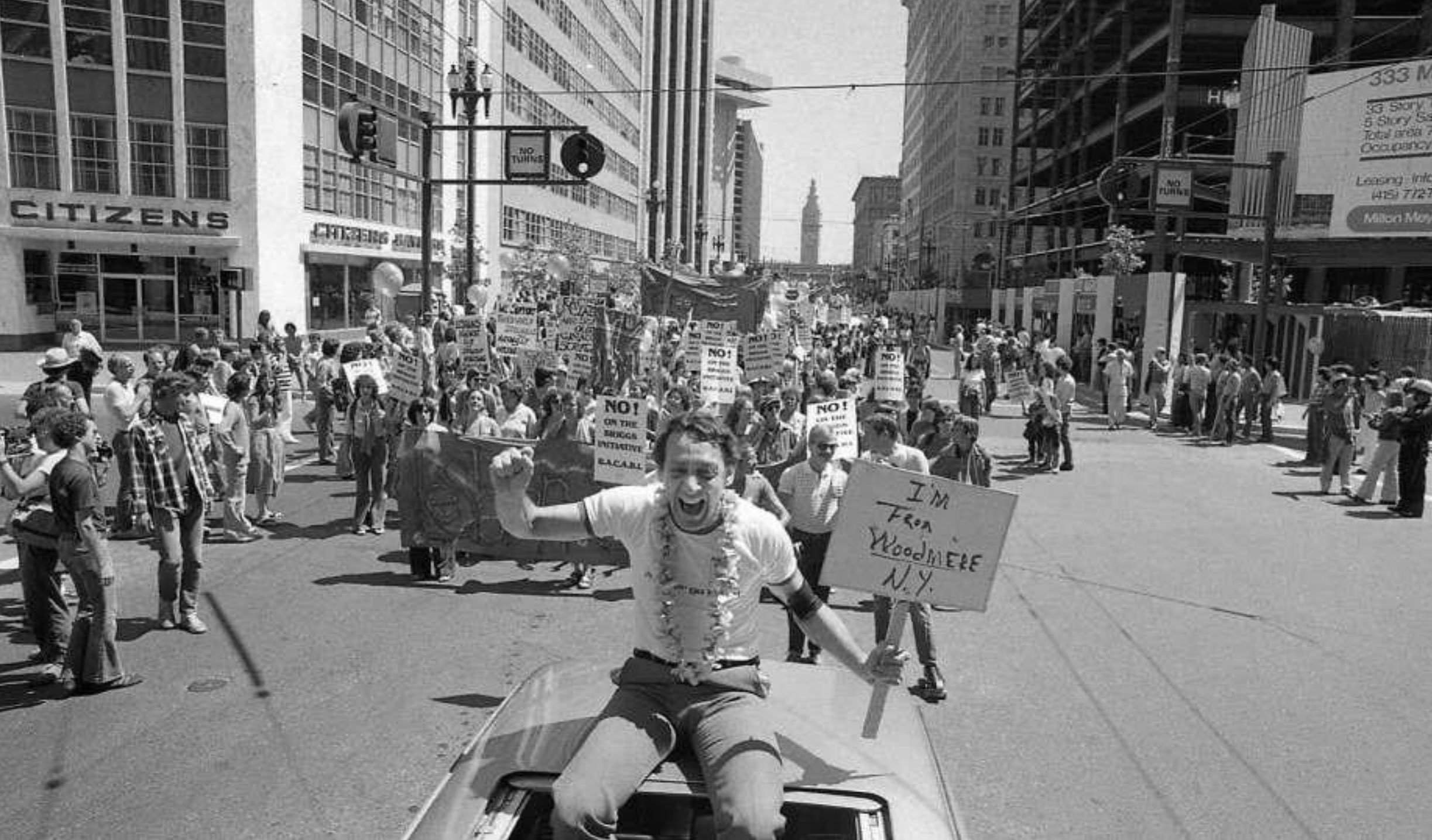Hope.
At the western end of the site, visitors will enter the Grove, a quiet contemplative place evoking Hope – the part of the Harvey Milk story that touches many people very deeply. This beautiful park setting will encourage everyone to reconnect with the tiny piece of hope that each of us carries within ourselves.
Action.
The new Plaza will highlight the history of collective action that has occurred at the intersection of Castro and Market. The tiered Pedestal feature will provide a focal point for large gatherings and stands as a symbol of Harvey’s idea that leadership arises from the community – anyone can stand on the Pedestal and call for action.

About Harvey Milk.
Learn more about Harvey Milk and his time in San Francisco’s Castro neighborhood.


